Speak to a specialist
Enquire now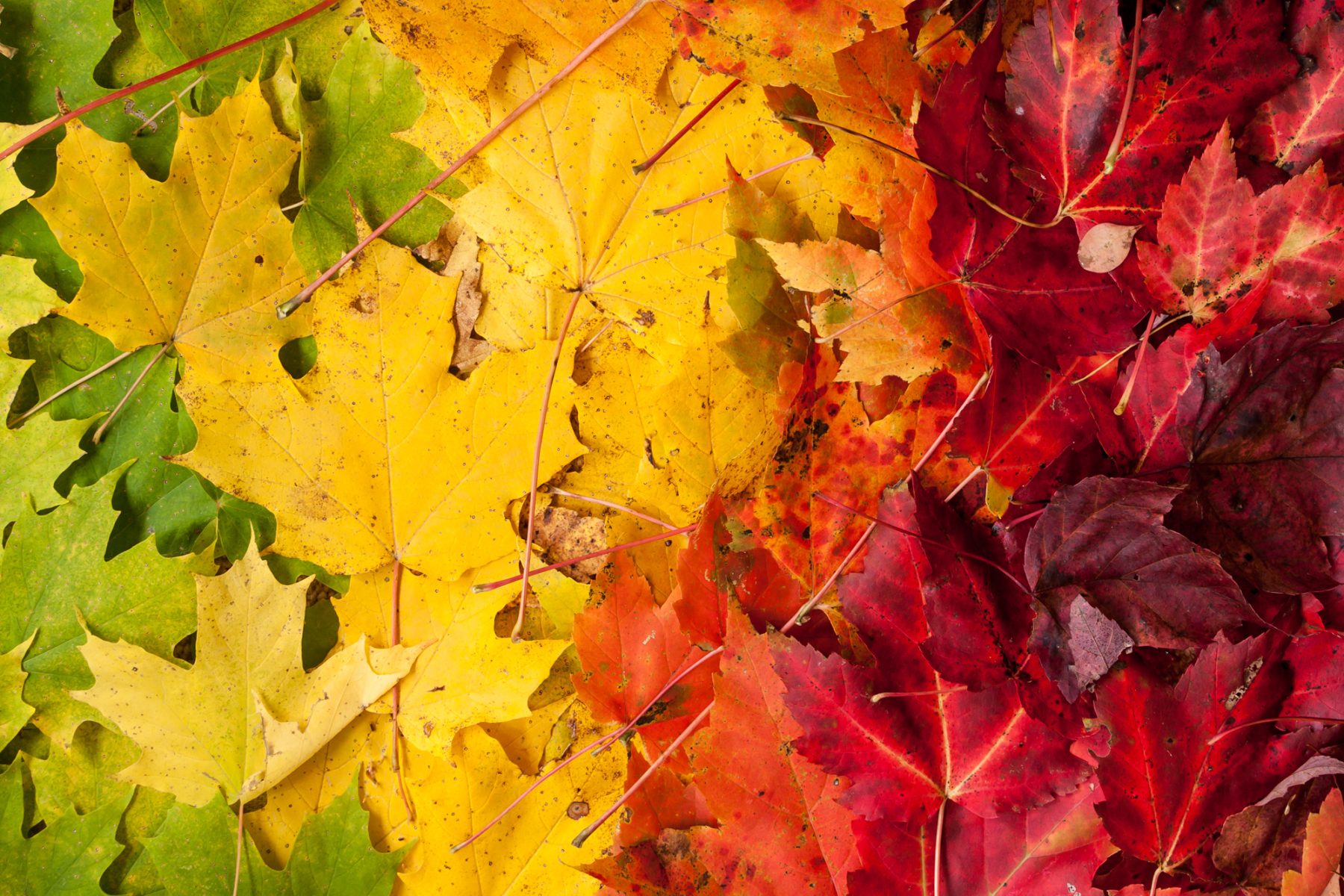
Best Time to Visit Canada
Each of Canada’s four distinct seasons has its own special appeal – whether you want the warm, sunny days of summer for a self-drive odyssey sprinkled with wildlife watching; an autumn homage to fall colours, or a spring break to catch the blossom and bears. Even winter is a fine time to visit Canada. Just imagine mushing huskies through the Yukon under the glow of the northern lights…
When to visit Canada… at a glance
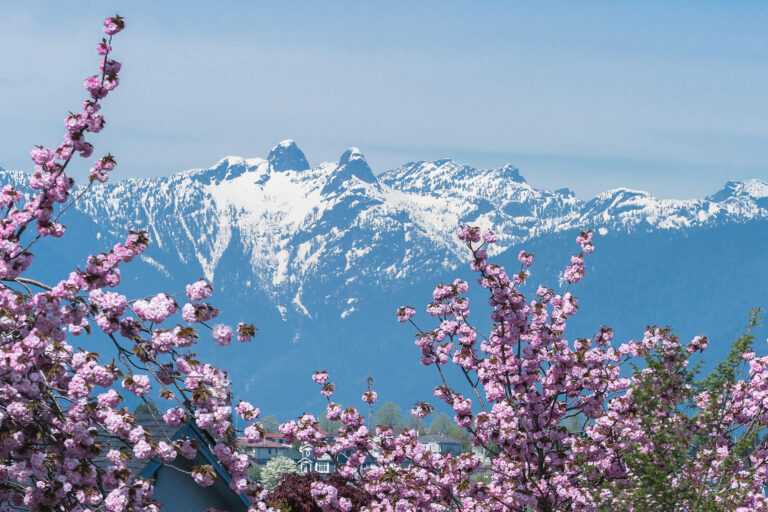
Mar - May
- Icebergs drift past Newfoundland’s east coast
- Bears emerge from hibernation
- Spring flowering of tulips (Ontario) and cherry trees (BC)
- Fewer visitors at key attractions
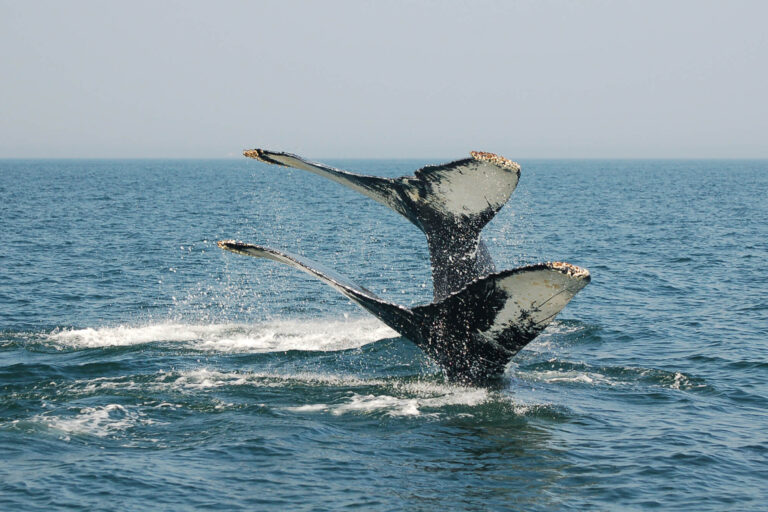
Jun - Aug
- Warm summer weather
- Orcas and humpback whales in coastal waters
- Long daylight hours offer more time to explore
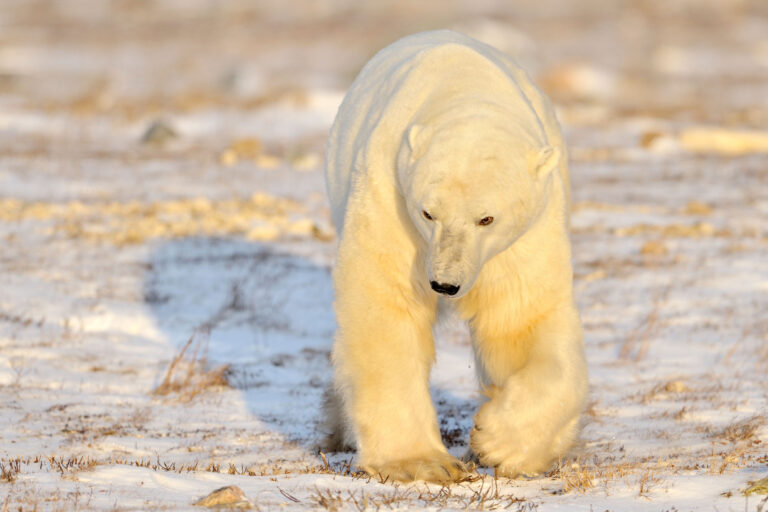
Sep - Nov
- Fall colours adorn the landscapes
- Grizzly bears feeding on salmon runs (Sep)
- Polar bears gather in Churchill (Oct-Nov)
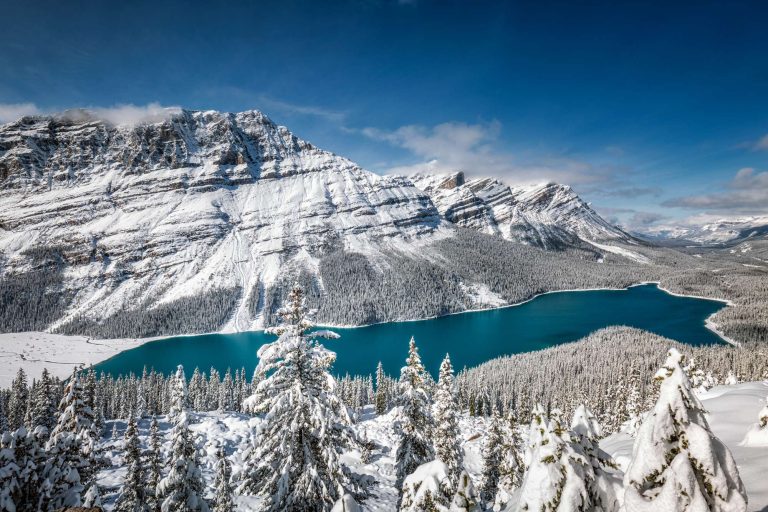
Dec - Feb
- Snow-covered alpine landscapes
- Dog-sledding, snowmobiling and other winter sports
- Northern lights season
Canada in Spring
Black and brown bears emerge from hibernation during spring; the cherry trees of British Columbia are blooming, along with tulips in Ontario. From May, it’s possible to see the first whales of the season, as well as icebergs drifting south along the Newfoundland and Labrador coast. This time of year also offers fewer crowds and some great price savings.
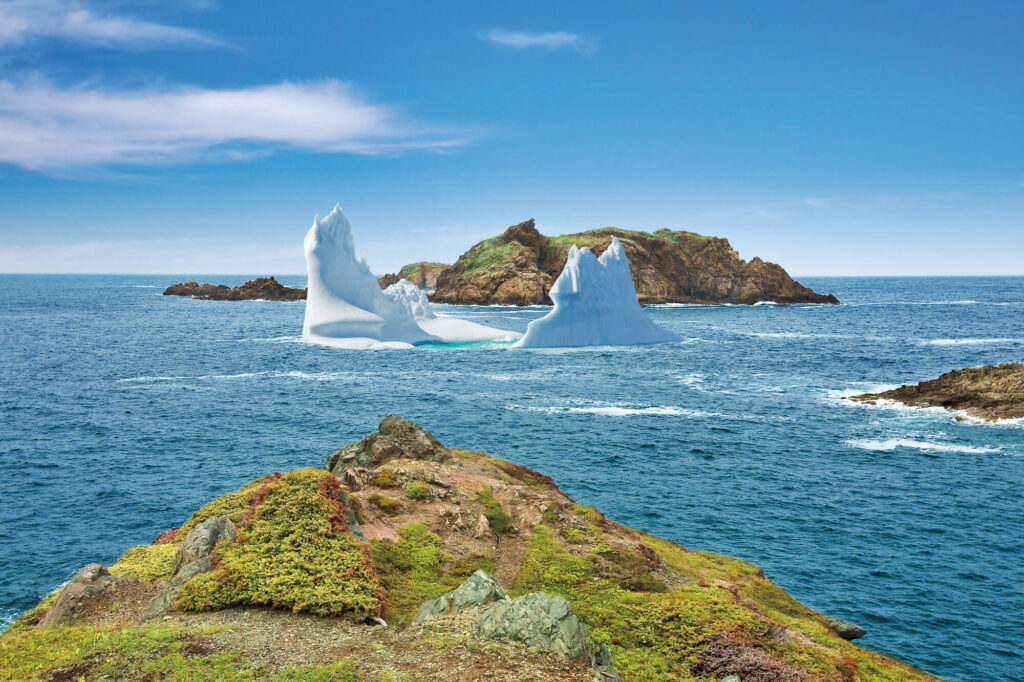
Canada in Summer
Summer brings long days and the best weather. It’s the perfect time for independent exploration on a self-drive holiday. Humpback whales are busy feeding off the Newfoundland and Labrador coasts, as well as along the Inside Passage of British Columbia – where you can also spot orcas and grizzly bears. Expedition voyages head into the Canadian Arctic in search of polar wildlife.
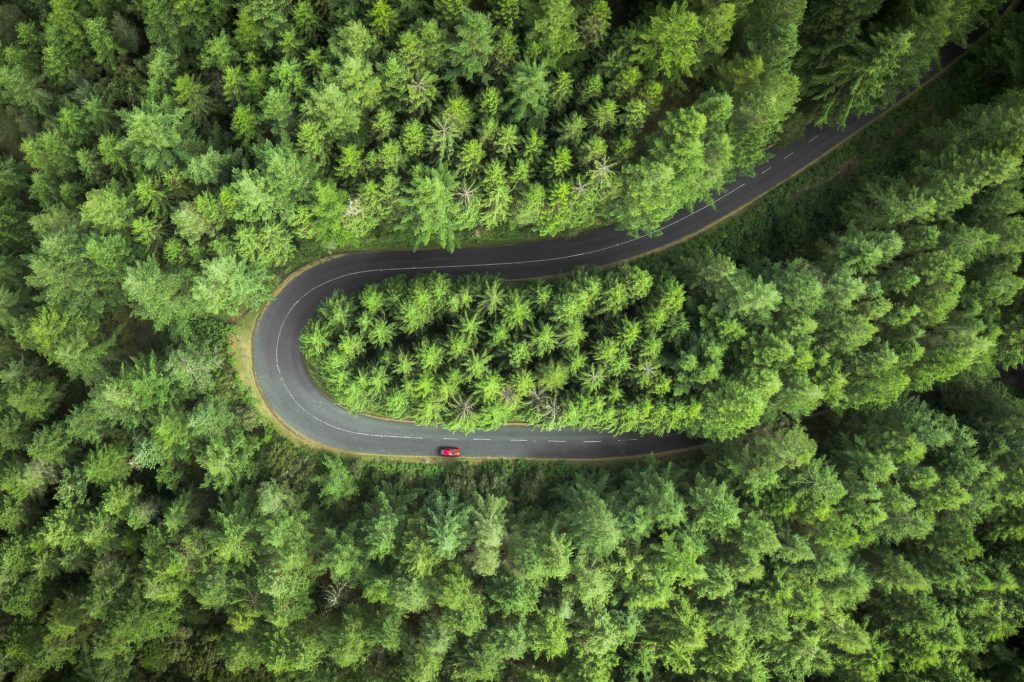
Canada in Autumn
Early autumn offers mild days and fewer crowds, as well as the vivid spectacle of fall colours – from the golden yellows of the west to the scarlet maple forests of the east. Salmon spawning attracts grizzly and black bears to rivers and estuaries in BC, while late autumn signals the return of polar bears to Churchill where large numbers gather, waiting for Hudson Bay to freeze over.
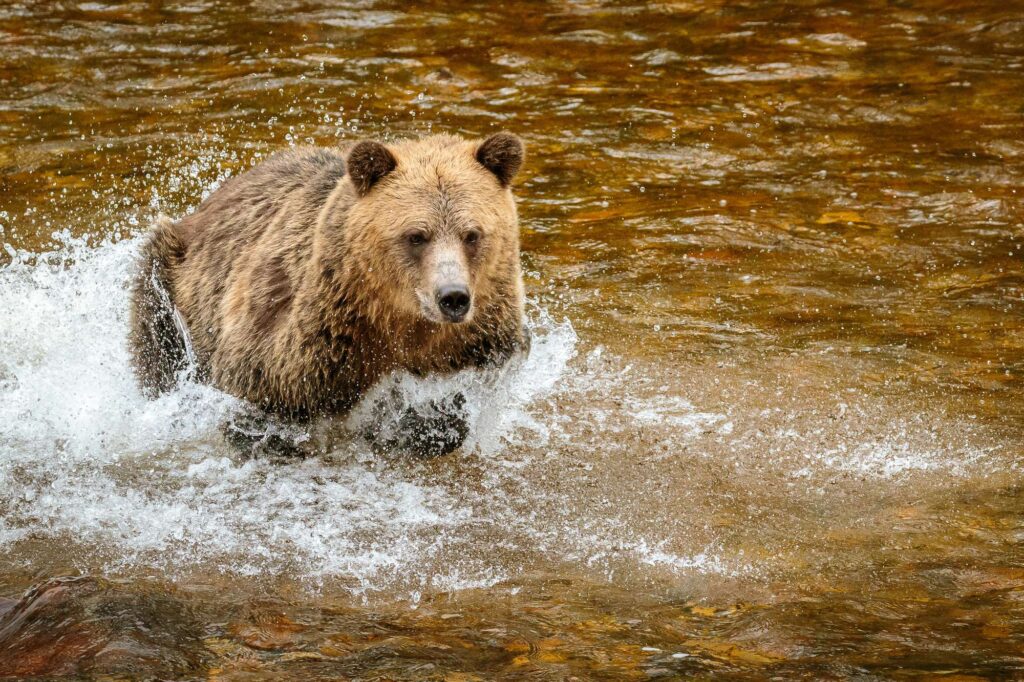
Canada in Winter
Winter snowfalls transforms alpine resorts like Whistler in British Columbia and Banff in Alberta into skiing meccas. Wilderness lovers can escape into the backcountry, dog-sledding or snow-shoeing in the Yukon or Northwest Territories where there is an excellent chance of witnessing the aurora borealis. Winter sports enthusiasts can also explore Ontario, Québec or the snow-covered Rockies.

Canada Weather
Temperature
Average daily temperatures in Toronto range from a high of around 22°C in July to -4°C in January. Quebec City has a more extreme range, while Newfoundland’s maritime climate moderates the summer highs. Over in West Canada, Vancouver has average daily temperatures of 17°C in July and 3°C in January. Calgary, meanwhile, ranges from around 16°C to -9°C.
Rainfall
The wettest place in Canada is Prince Rupert (around 2,500mm a year) where the temperate rainforest of British Columbia is influenced by humid air from the Pacific Ocean. However, it’s much drier along the west coast in summer than in winter. The Canadian interior and Arctic has low rainfall, while the Atlantic Provinces has around 1,250mm a year, distributed throughout the year.
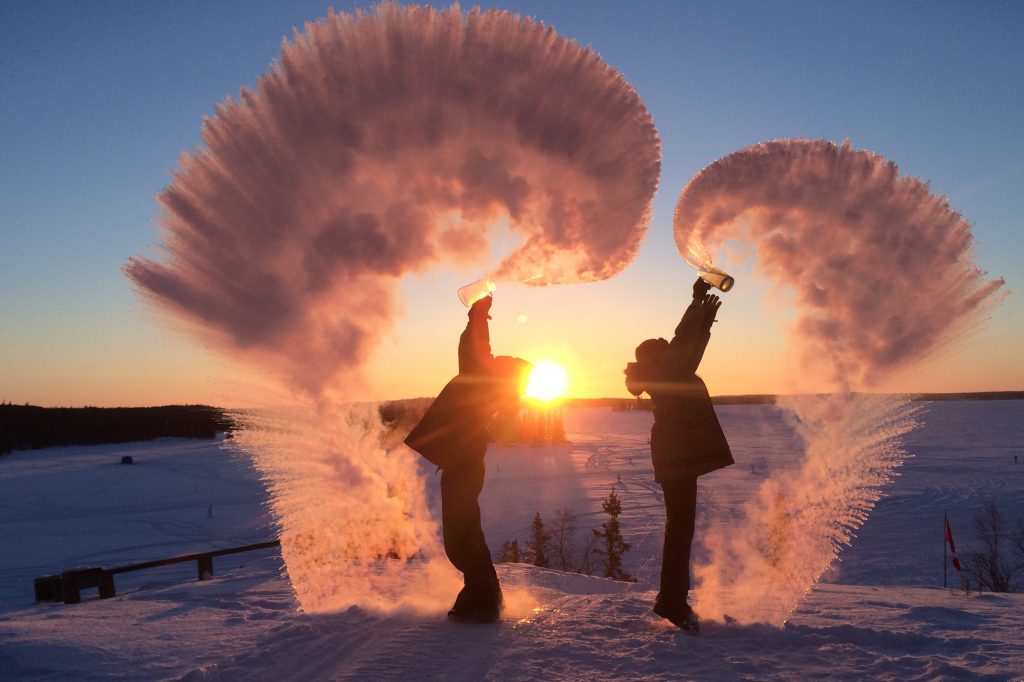
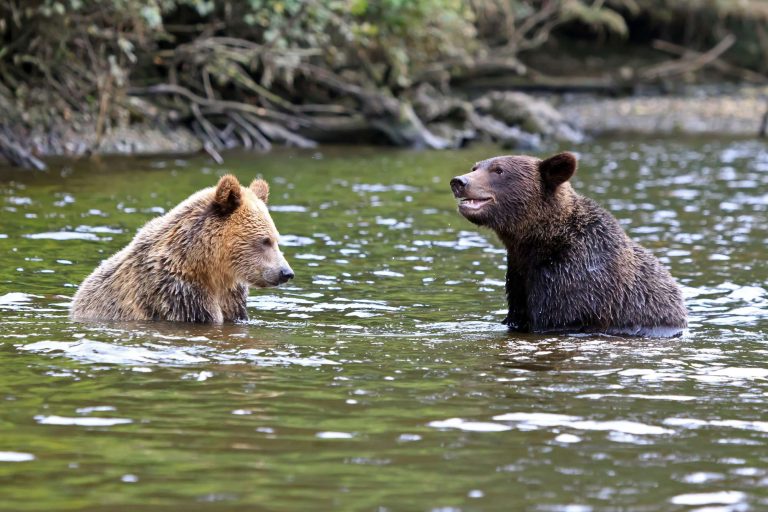
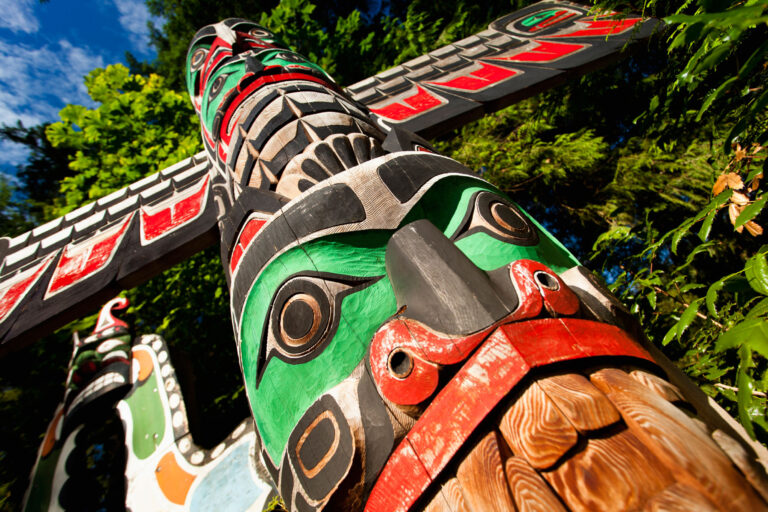
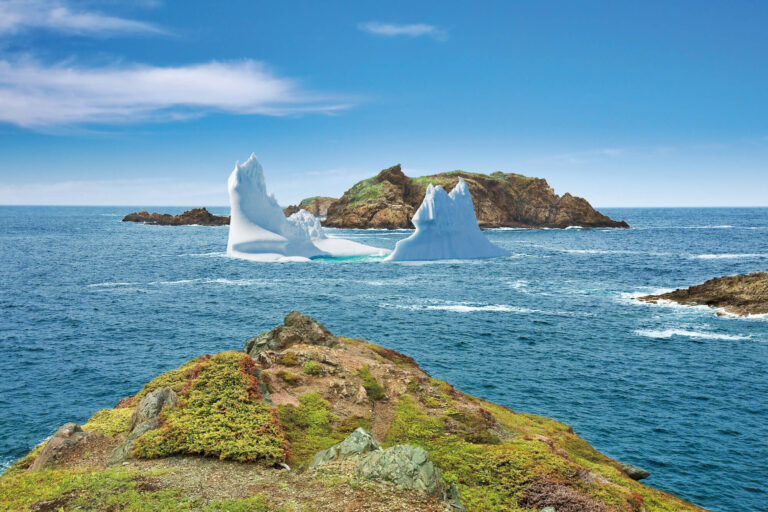
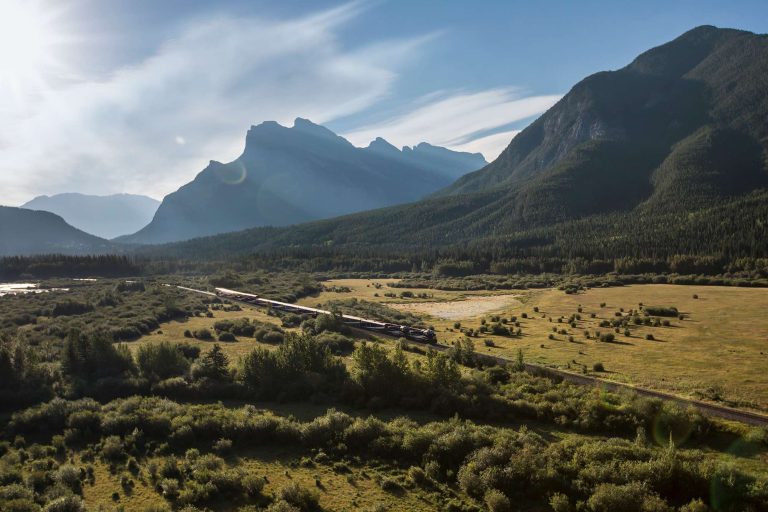
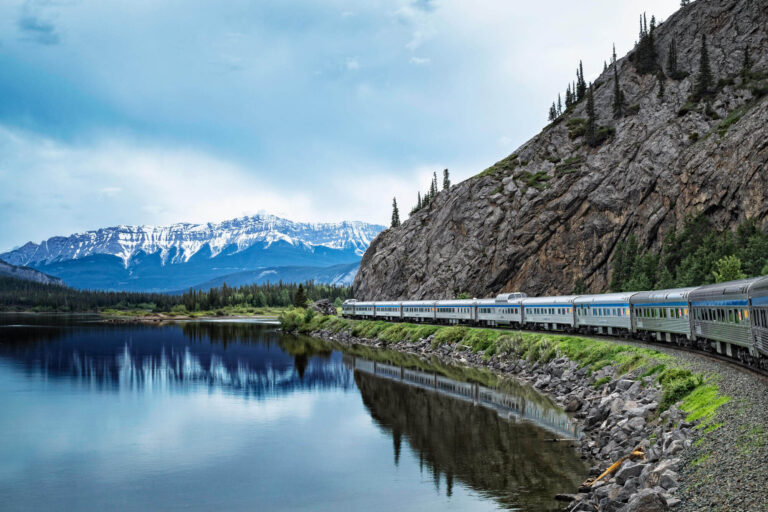
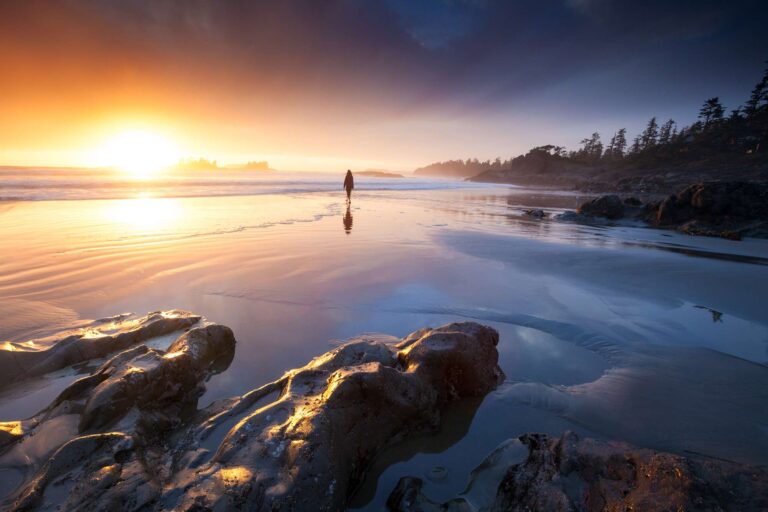
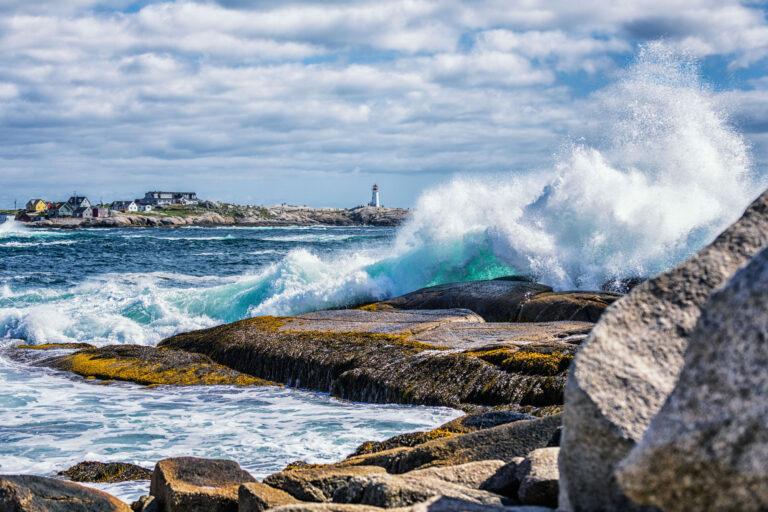



 Instagram
Instagram
 Facebook
Facebook
 YouTube
YouTube